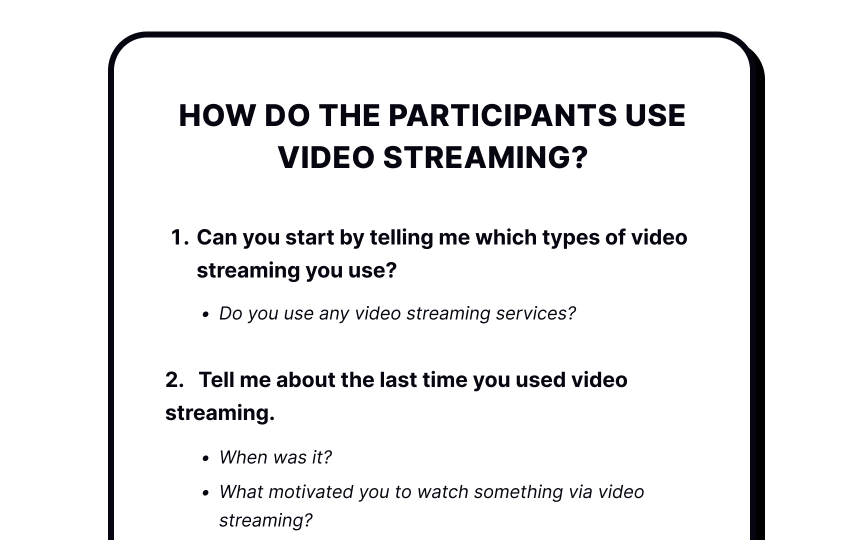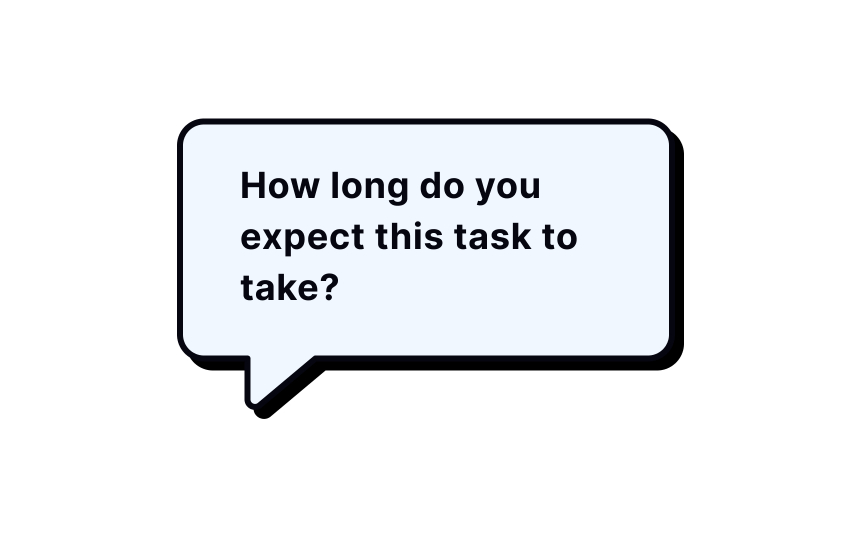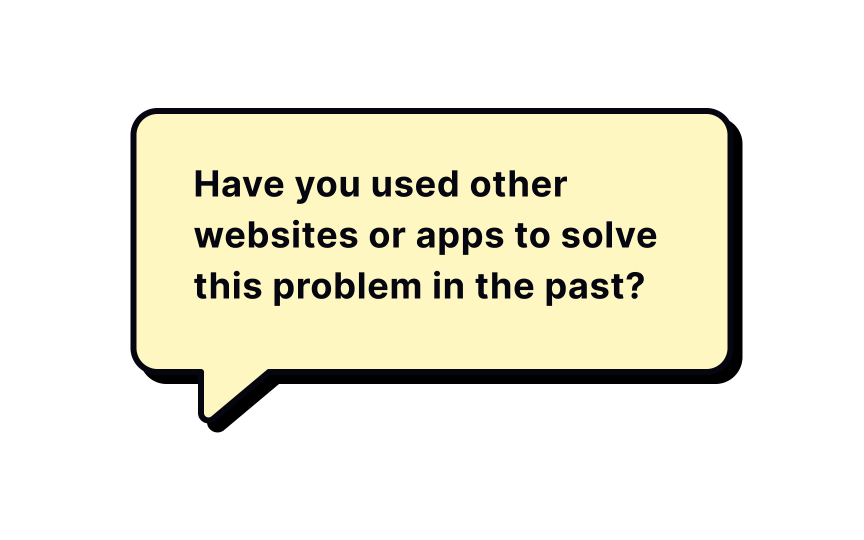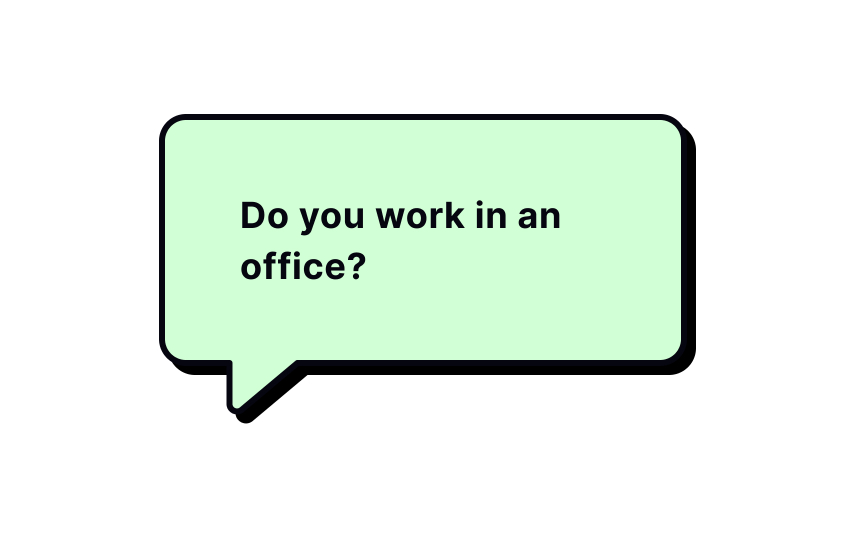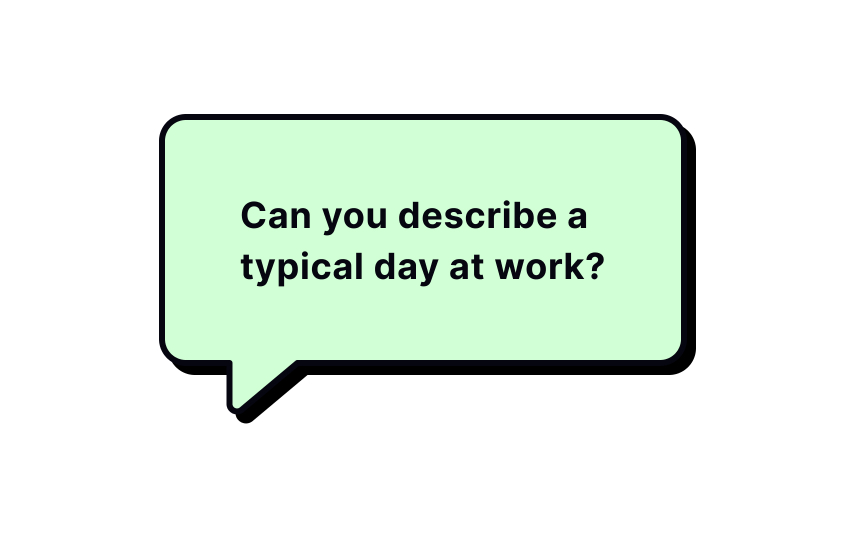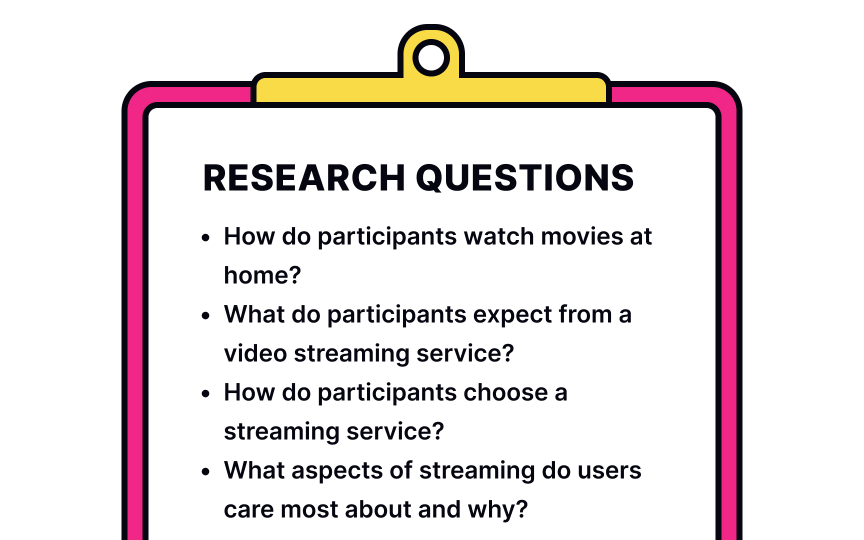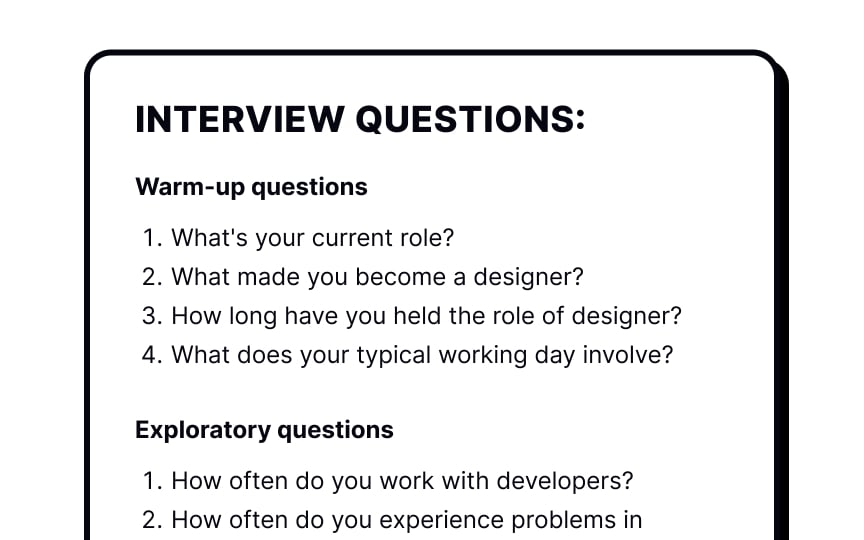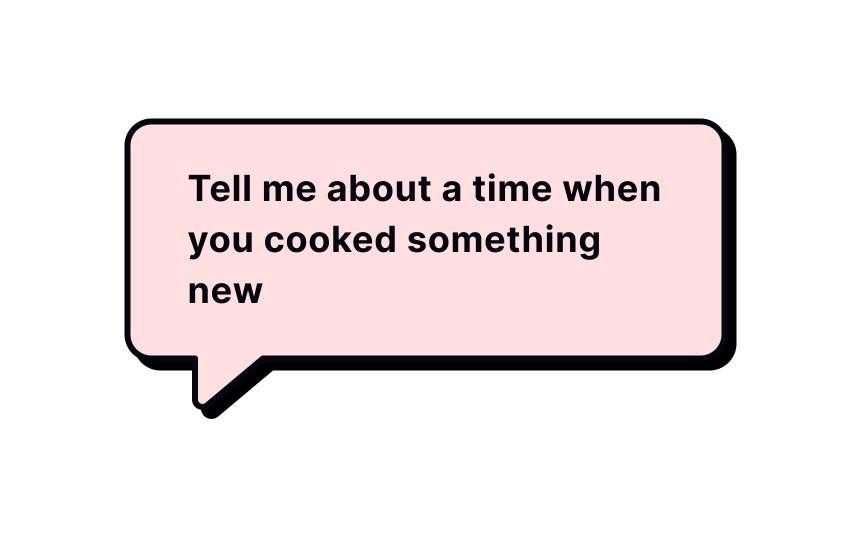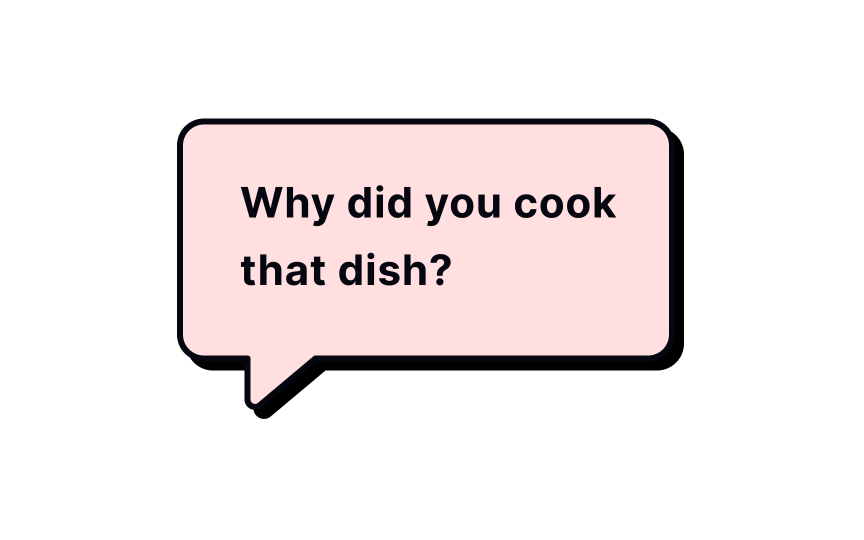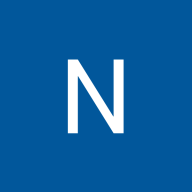Creating a UX Interview Guide
Discover ways to create a comprehensive UX interview guide that enables you to conduct insightful user interviews
A discussion guide is a set of questions and topics you would like to discuss with a participant during a semistructured interview. It’s different from an interview script as it’s more of an overview than a rigid set of questions that need to be asked in a certain order. A discussion guide provides focus to your interviews and ensures that they are successful.
A typical guide contains broad, open-ended questions to allow participants to talk about their experiences in detail. These are accompanied by follow-up questions to get more information and clarification from participants.
In the discovery phase, the main goal of interviews is to capture important information about users: their backgrounds, beliefs, motivations, desires, or needs. These interviews are usually semistructured, which allows for more flexibility. Instead of following a rigid script, semistructured interviews rely on an
A discussion guide is a set of questions and topics you would like to discuss with a participant. Unlike a scripted interview, the questions in a discussion guide can be asked out of order, omitted, or added. The guide helps encourage participants to tell their stories while keeping the researcher on track.
Set aside time to carefully craft your interview guide. Without it, you risk asking leading questions as you might try to think of questions on the spot or forget to cover relevant topics, which can compromise your data's validity.[1]
To keep yourself on track, start by writing a list of research questions. They aren't the same as
Here are some examples of research questions:
- What are users' expectations in this situation?
- How do users make a decision in this situation?
- How have users managed to solve this problem in the past?
- What aspects of this product do users care most about, and why?
Research questions will shape your interview questions.
Once you're clear on what you want to find out, it's time to brainstorm
This collaboration ensures you refine your questions to match your study's goals. As a result, you'll have a well-rounded set of questions to dig deeper into user perspectives.
Pro Tip: If more research questions pop up at this stage, add them to your list of research questions.
When
While these questions ask for the information you want to find out, they give little room for participants to elaborate. So the next step is to broaden these questions or turn them into open-ended questions. This will allow you to get unanticipated stories and build rapport with participants, which is crucial if you want to gather accurate, in-depth information.
Review your list and ask yourself how each question can be improved. For example, the two aforementioned questions can be replaced with an open-ended question — “Can you describe a typical day at work?”[2]
Instead of asking people how they might do something in the future, ask them about how they do it now or how they have done it in the past. For example, the question "Would you use this feature?" can be replaced with "How are you currently accomplishing this task?" or "How have you accomplished this task in the past?"
Pro Tip: Avoid asking participants to remember experiences older than 2 months. Because of memory limitations, they may remember it inaccurately or not remember it at all, which will skew your findings.
Once you have a list of improved questions, align each
It's a good idea to include your research questions in the guide. Doing so helps remind you about your research goals to keep you on track during the interview.
After you have the list of
Here you'll also want to add some warm-up questions. These are simple open-ended questions that help you make participants feel at ease and build rapport. These questions shouldn't require too much thought and should be easy to answer — for example, "What is your current role?"
Leave questions that need reflection for later. For example, "If there's one thing you could change in this app, what would it be?" Asking such questions early will overwhelm users, and you might risk getting stereotypical responses.
Pro Tip: Remember that in a semistructured interview, you can depart from the established question order if you need to.
Once you've ordered your questions, go through each one to add potential follow-up questions. Follow-up questions are questions asked after a general question to clarify or elaborate. While you might be inclined to ask such questions naturally, writing them down will help you to remember to do so.
For example, when doing
Some follow-up or probing questions you might use here are:
- Tell me more about that
- Why is that important to you?
Add notes to your guide about what you should cover during the introduction and debrief session.
At the beginning, remember to introduce yourself and let the participant know what to expect during the
At the end of an interview, thank the participant for their time and explain what happens next with the information they’ve provided you. Give the participant a chance to ask any questions about the
Once your guide is ready, it's a good idea to rehearse and test it out with a colleague.
Piloting your guide will give you an idea of:
- Questions you should ask but aren't yet included in your guide
- Questions that need rewording
- Whether the question order works
- Whether you will have time for all your questions
Give yourself enough time to make necessary changes to fix any glaring issues before commencing
References
- Writing an Effective Guide for a UX Interview | Nielsen Norman Group
Top contributors
Topics
From Course
Share
Similar lessons

Design Processes & Research Methods

Qualitative UX Research Methods

